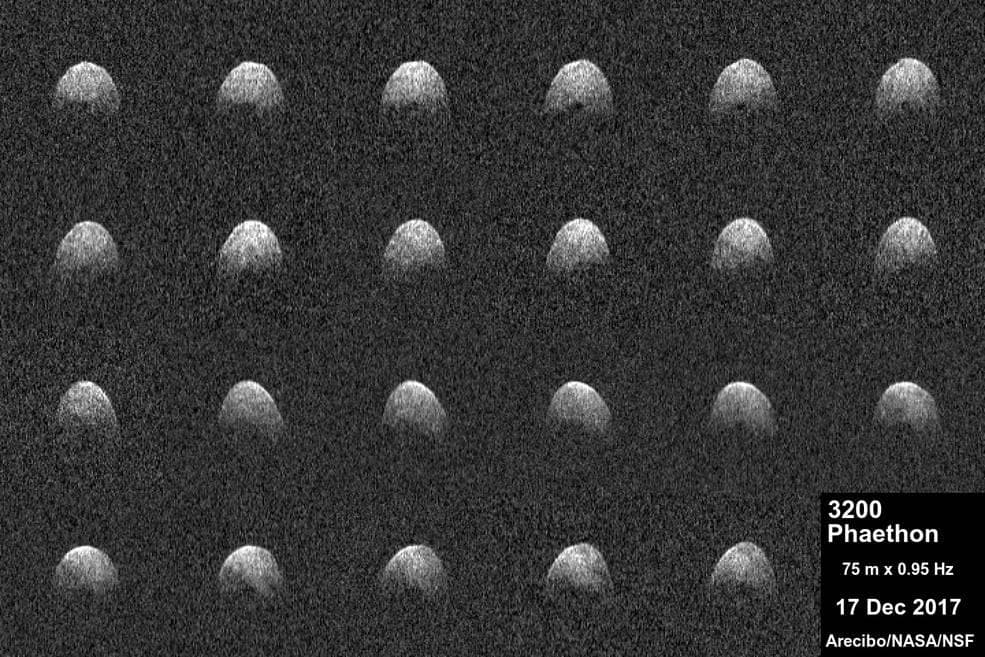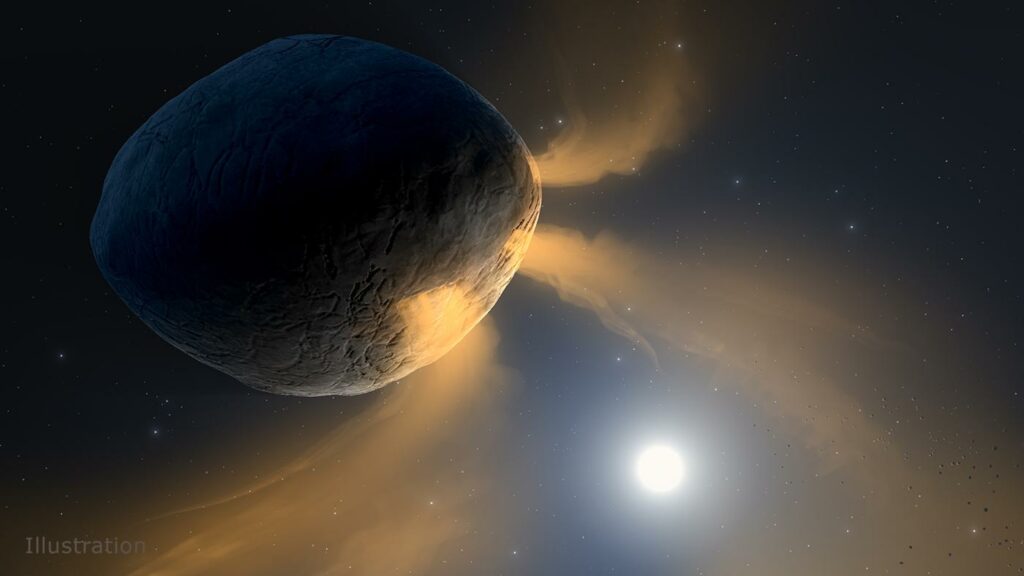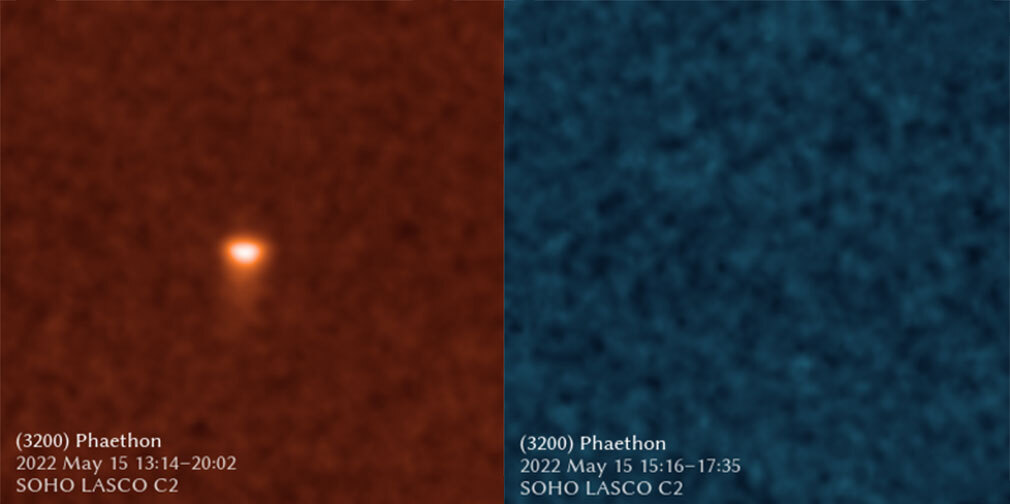A team of American astronomers managed to determine the composition of the tail of the asteroid Phaethon. The study shows that it mainly consists of sodium, and not of dust, as previously thought.
Asteroid comet-like
Phaethon was opened in 1983. It became the first asteroid in history to be found in images taken by a spacecraft. The six-kilometer object immediately attracted the attention of scientists with its unusual orbital characteristics. The fact is that Phaethon moves in a very elongated orbit, crossing the orbits of all the planets of the Earth group. Its perihelion passes at a distance of only 21 million km from the solar surface.

Almost immediately after the discovery of Phaethon, astronomers suspected that it was somehow connected with the Geminid meteor shower. Which is observed annually in the first half of December. The fact is that the elements of the asteroid’s orbit practically coincide with the orbital parameters of the flow. It has been suggested that Phaethon has an extended dust tail. Every time the Earth passes through it, it leads to the emergence of Geminids.
Nature of the Phaethon’s Tail
In 2009, the STEREO Observatory confirmed this assumption by photographing the tail of Phaethon for the first time. Nine years later, the Parker probe took a more detailed image of the tail, which surprised scientists. The analysis showed that it contained much more material than Phaethon could have lost during the passage of perihelion.

After that, it is suggested that in fact the tail of the Phaeton consists not of dust, but of sodium. Every time an asteroid passes perihelion, solar radiation heats up its surface to a temperature of 750 °C. This leads to the fact that the sodium contained in the rocks of the asteroid passes into a vaporous state and seeps out through the cracks.
To confirm or refute this hypothesis, a team of American researchers turned to photos of Phaethon taken by the SOHO Observatory during its last perihelion in 2022. In addition, they viewed archival images of the asteroid taken between 1997 and 2022.
The asteroid’s tail turned out to be bright in the images taken with a filter capable of detecting sodium. However, it was not visible in the pictures taken with the use of a dust filter. In addition, the shape of the tail and the way it became brighter when Phaethon passed by the Sun exactly corresponded to models in which it consisted of sodium, not dust.

But if the tail of Phaethon consists not of dust, but of sodium, one important question arises: what is the source of the Geminid meteor shower? Scientists have an answer to this question. They believe that several thousand years ago Phaethon threw billions of tons of matter into space. This could happen for several reasons. For example, during a major collision, or because the asteroid disintegrated due to too fast rotation.
According to https://www.nasa.gov
Follow us on Twitter to get the most interesting space news in time
https://twitter.com/ust_magazine

